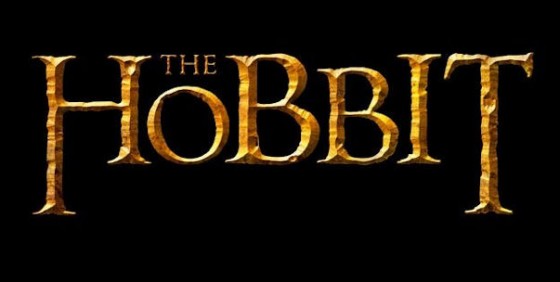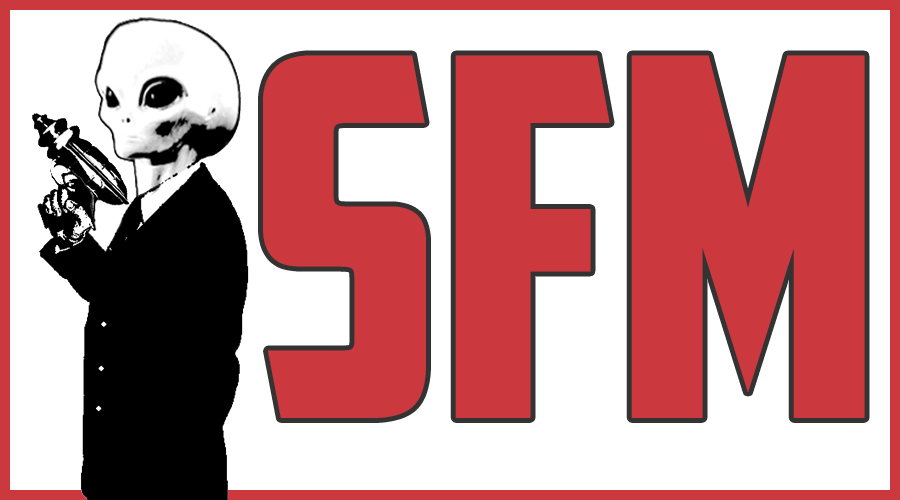
Last week, we told you that that Peter Jackson and Warner Bros. could possibly be turning The Hobbit into a trilogy of movies based upon the wealth of material in J.R.R. Tolkien’s appendices to Lord of the Rings. Before you jump to the conclusion that this is merely a money-grubbing ploy to profit more from the LOTR fanbase, check out what Jackson had to say in an interview with Deadline about why three films would better fit this telling of the story:
“That goes back to JRR Tolkien writing The Hobbit first, for children, and only after did he develop his mythology much more over the 16 or 17 years later when The Lord of the Rings came out, which is way more epic and mythic and serious. What people have to realize is we’ve adapted The Hobbit, plus taken this additional 125 pages of notes, that’s what you’d call them. Because Tolkien himself was planning the rewrite The Hobbit after The Lord of the Rings, to make it speak to the story of The Lord of the Rings much more. In the novel, Gandalf disappears for various patches of time. In 1936, when Tolkien was writing that book, he didn’t have a clue what Gandalf was doing. But later on, when he did The Lord of the Rings and he’d hit on this whole epic story, he was going to go back and revise The Hobbit and he wrote all these notes about how Gandalf disappears and was really investigating the possible return of Sauron, the villain from The Lord of the Rings. Sauron doesn’t appear at all in The Hobbit. Tolkien was retrospectively fitting The Hobbit to embrace that mythology. He never wrote that book, but there are 125 pages of notes published at the back of Return of the King in one of the later editions. It was called The Appendices, and they are essentially his expanded Hobbit notes. So we had the rights to those as well and were allowed to use them.
We haven’t just adapted The Hobbit; we’ve adapted that book plus great chunks of his appendices and woven it all together. The movie explains where Gandalf goes; the book never does. We’ve explained it using Tolkien’s own notes. That helped inform the tone of the movie, because it allowed us to pull in material he wrote in The Lord of the Rings era and incorporate it with The Hobbit.”
Makes sense to me! Peter Jackson, I trust you to be able to tell the full story of The Hobbit as Tolkien had imagined it.
Synopsis:
“The Hobbit” follows the journey of title character Bilbo Baggins, who is swept into an epic quest to reclaim the lost Dwarf Kingdom of Erebor, which was long ago conquered by the dragon Smaug. Approached out of the blue by the wizard Gandalf the Grey, Bilbo finds himself joining a company of thirteen dwarves led by the legendary warrior, Thorin Oakensheild. Their journey will take them into the Wild; through treacherous lands swarming with Goblins and Orcs, deadly Wargs and Giant Spiders, Shapeshifters and Sorcerers.
Although their goal lies to the East and the wastelands of the Lonely Mountain first they must escape the goblin tunnels, where Bilbo meets the creature that will change his life forever… Gollum.
Here, alone with Gollum, on the shores of an underground lake, the unassuming Bilbo Baggins not only discovers depths of guile and courage that surprise even him, he also gains possession of Gollum’s “precious” ring that holds unexpected and useful qualities… A simple, gold ring that is tied to the fate of all Middle-earth in ways Bilbo cannot begin to know.
The Hobbit: An Unexpected Journey is slated to hit theaters on December 14, 2012.
The Hobbit: There and Back Again is slated to hit theaters on December 13, 2013.
The films star Ian McKellen, Andy Serkis, Richard Armitage, Cate Blanchette, Elijah Wood, Hugo Weaving, Sylvester McCoy, Aidan Turner , Graham McTavish, John Callen, Ken Stott, Mikael Persbrandt, Ryan Gage, Jed Brophy, William Kircher, Stephen Hunter, Ian Holm, Stephen Fry, Ryan Gage, Conan Stevens, Orlando Bloom, Luke Evans, Evangeline Lilly, Barry Humphries and Benedict Cumberbatch.

